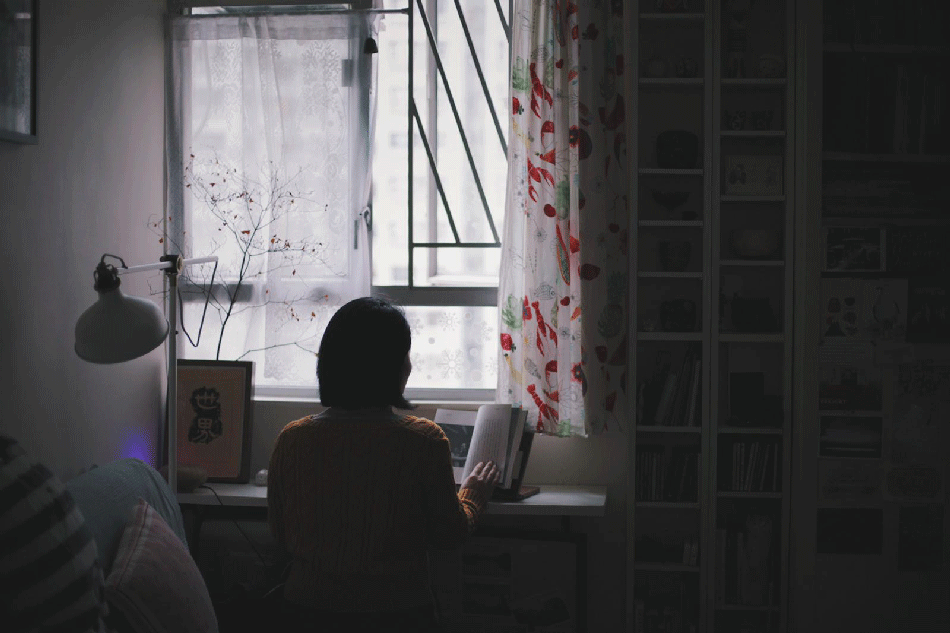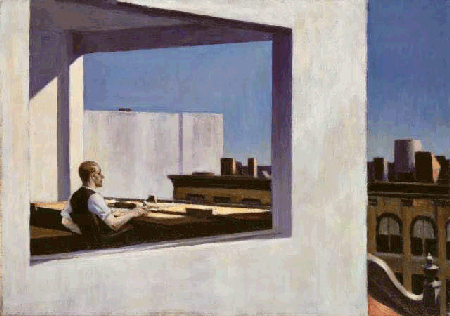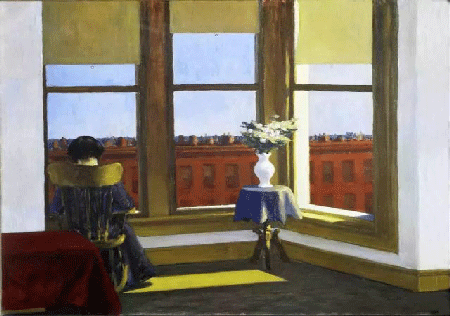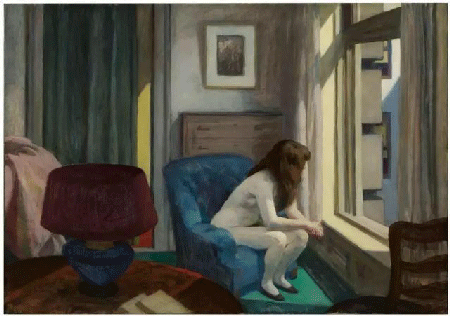Interview #32
Book Corner: On Seeing and Noticing by Alain de Botton
Winni Chen
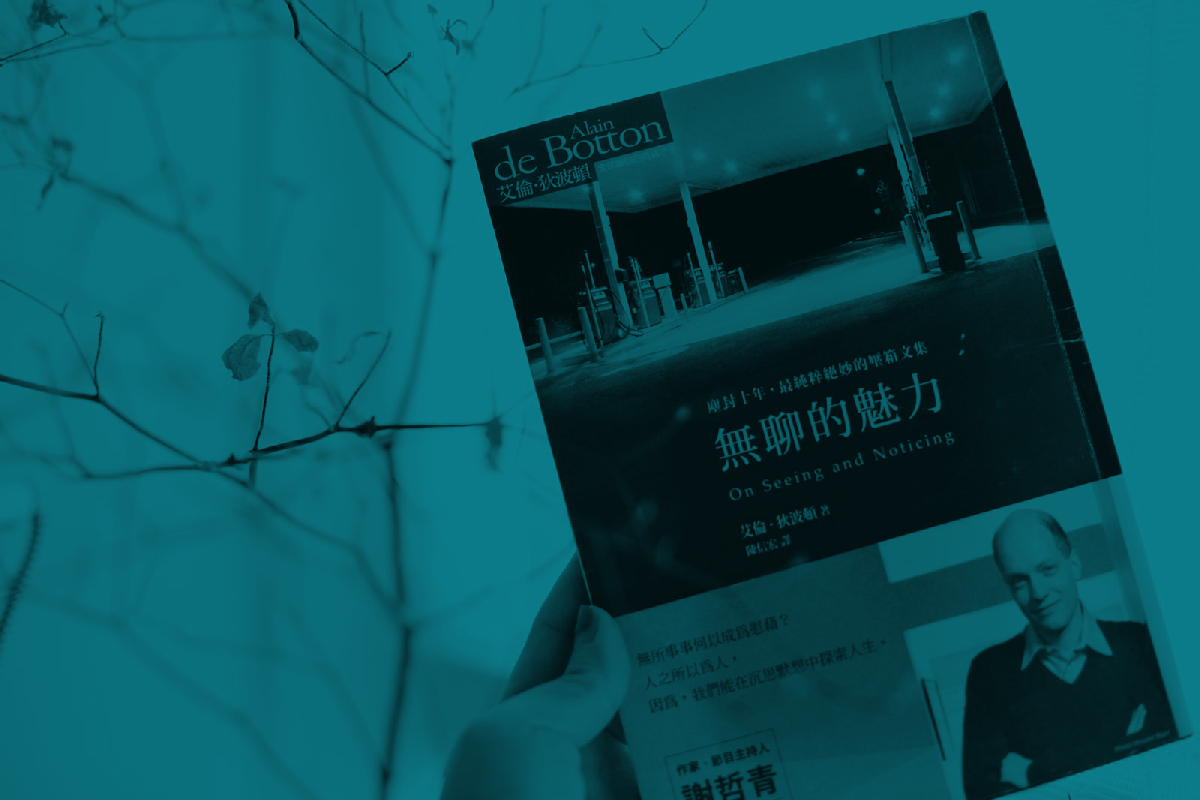
Written and Images by Winni Chen
Translation by Wendy Yiu
A book is like a friend. We understand the world and life, or even observe ourselves through texts, and have a deep realization of oneself that we are not alone. PMQ invites different people from design and culture sectors to recommend a book, so that you can enrich yourselves as book therapy.
Why would you recommend this book?
Winni Chen: "A good book can tell and unveil your long-depressing feelings. Some even prevent the consciously-aroused sentiment that do not belong to mankind."
Alain de Botton wrote this. And I am really often connected to him in his books, when reading the first sentence of the first chapter, even early in the preface. During this epidemic period when you need to accept and get used to being alone, reading de Botton's book is really comforting, as his English humor and wise words can always bring peace of mind: Darling, you are not alone.
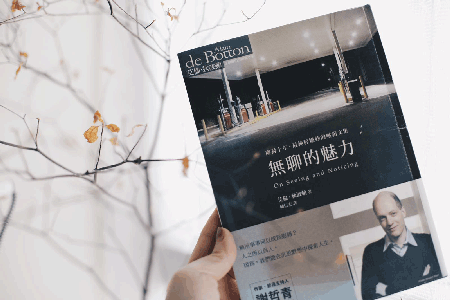
“On Seeing and Noticing”
Written by: Alain de Botton
“On Seeing and Noticing“ is a collection of various de Botton essays about solitude. The first chapter interprets Edward Hopper's paintings. In the Hopper-style scenes, the roadside pubs, late night restaurants, stations and hotels, the people in the painting are alone, seemingly lost and lonely, but it does not make people feel sad-"This is a kind of loneliness shared by everyone. “A common isolation with the beneficial effect of lessening the oppressive sense within any one person that they are alone in being alone."; watching the scene of loneliness also arouses people's contemplation and reflection, and obtain comfort by realising the inner concealment: it turns out that I am not the only one in this world (this just goes to show why recent Hopper’s paintings are frequently shared and circulated on social media).
During the self-quarantine period after visiting relatives and returning to Hong Kong after this CNY, I read the book by sitting alone by the window. The quiet atmosphere of being alone resonates with the ambience of the book, as if I was in Hopper’s paintings. (I never would have imagined the whole world became the subject in Hopper's painting in 2-month time). Those Hopper scenes are only for a short stay, and the loneliness felt there will not last long - just like life in epidemic times. It will soon be over. In “On Seeing and Noticing“, de Botton inspires us how to be alone: calmly observe life - to think about the connection between human and animals while walking alone in the zoo, killing time by daydreaming when traveling by train alone, and adding some philosophical thoughts, humor and self-deprecating to embrace loneliness and boredom, time alone can be meaningful.
